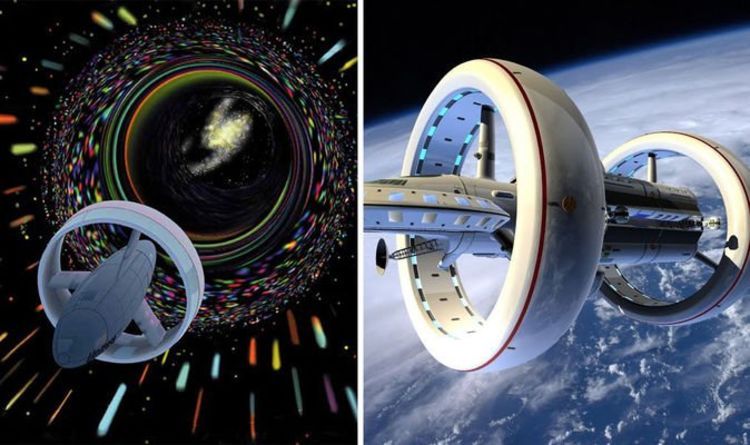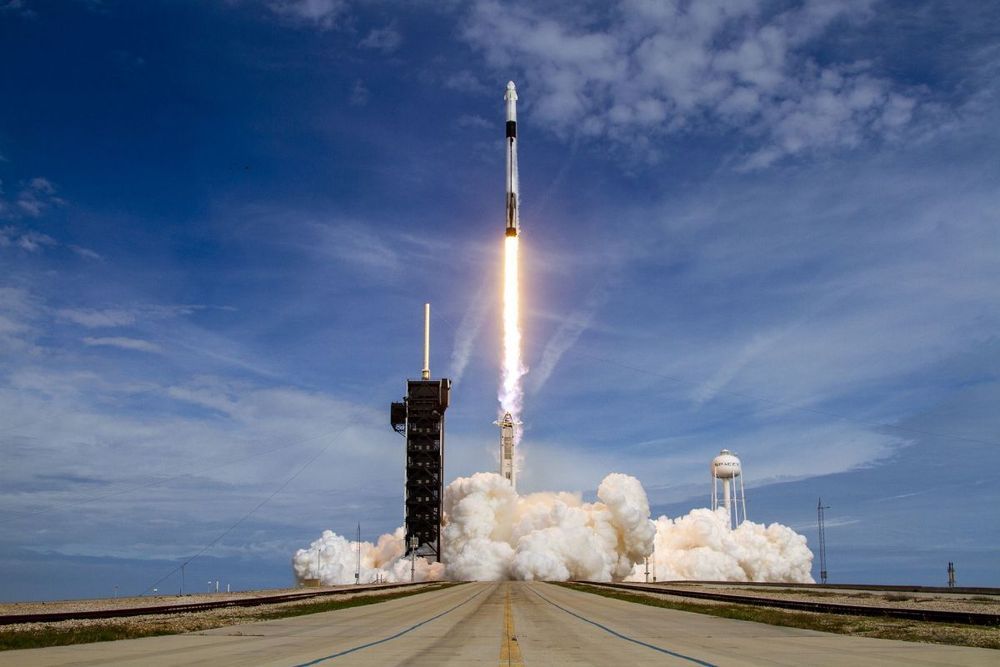NASA aims to get humans back to the moon by 2024 as part of its Artemis mission.
Category: space travel – Page 350
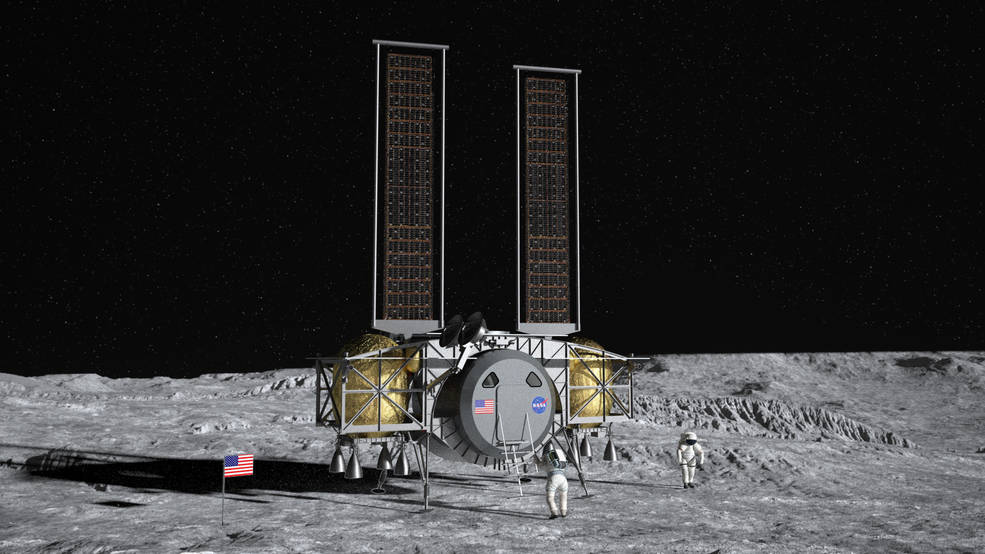
NASA picks who will land people on the Moon… sort of…
One of the three companies NASA announced today will land the next NASA astronauts on the Moon. NASA awarded three firm-fixed-price, milestone-based contracts for the human landing system awards under the Next Space Technologies for Exploration Partnerships (NextSTEP-2. The total combined value for all awarded contracts is $967 million for the 10-month base period.
NASA downselected from the five companies in the running to only three.
The contenders for the Moon mission contract.
NASA released the Human Landing System (HLS) solicitation on October 25, 2019. Five companies submitted proposals by the required due date of November 5, 2019. Listed below in alphabetical order:
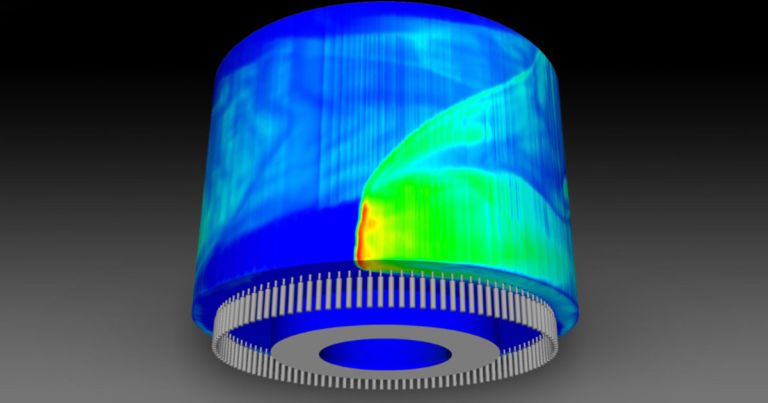

Elon Musk nears $1.1b payday
A full payout for Musk, who is also the majority owner and CEO of the SpaceX rocket maker, would surpass anything previously granted to US executives.
When Tesla unveiled Musk’s package in 2018, it said he could theoretically reap as much as $US55.8 billion if no new shares were issued. However, Tesla has since issued shares to compensate employees, and last year it sold $US2.7 billion in shares and convertible bonds.
The potential payout for Musk comes after Tesla said this month it would furlough all non-essential workers and implement salary cuts during a shutdown of its US production facilities because of the coronavirus outbreak. The pandemic has slashed US demand for cars and forced several other automakers to also furlough US workers.
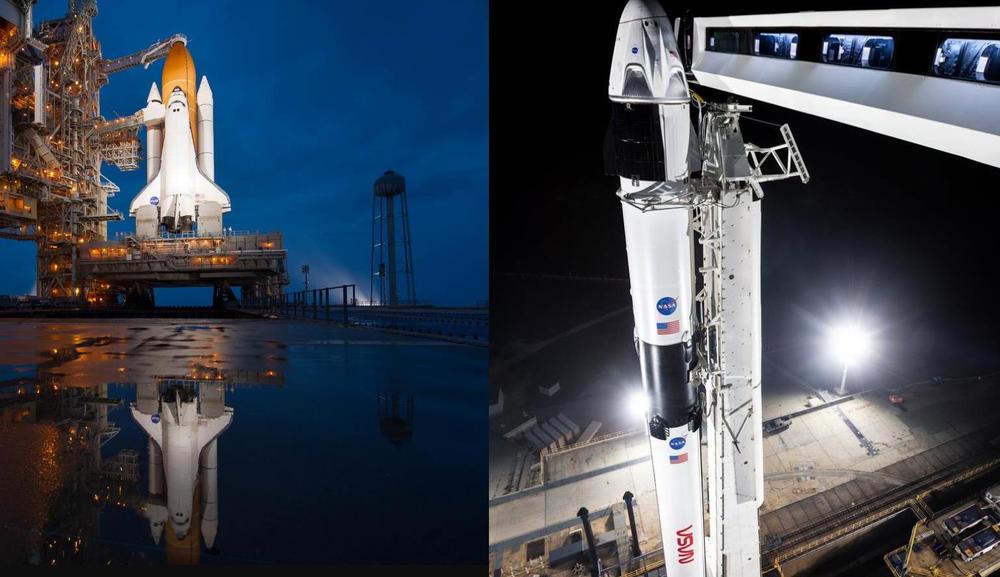
From Shuttle Sadness to Dragon Delight — USA prepares to regain domestic crew launch capability
The gap in US domestic crew launch capability is coming to an end as soon as next month, concluding a convoluted and painful path that ultimately began when Columbia was lost during STS-107. The last time American astronauts launched from US soil was in 2011 with Shuttle Atlantis during STS-135. SpaceX’s Falcon 9 is set to launch with Doug Hurley and Bob Behnken onboard the Crew Dragon as early as May 27.
For decades, the US relied on the Space Shuttle as its crew launch vehicle. While the Shuttle era was filled with accomplishments, its cost and complexity curtailed its envisioned role in taking the US space program forward and was ultimately shackled by safety issues that resulted in the loss of two orbiters and their crews.
The findings from The Columbia Accident Investigation Board (CAIB) ultimately set NASA on a path to transition to a new crew vehicle, to be designed and built while the Space Shuttle Program concluded a final swansong of missions focused on the assembly of the International Space Station (ISS).
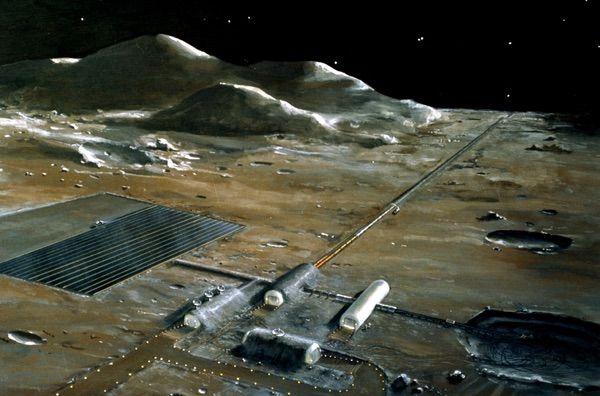
Draft Moon Village Association Principles: creating best practices for sustainable lunar activities
On March 6, the Moon Village Association unveiled a set of 15 draft Moon Village Association (MVA) Principles intended to help facilitate the peaceful settlement of the Moon by establishing best practices for the long-term sustainability of lunar and cislunar activity. The MVA Principles are now published on the MVA website and are open for public comment. The announcement by the president of the MVA, Dr. Giuseppe Reibaldi, took place during a day-long symposium on Returning to the Moon: Legal Challenges as Humanity Begins to Settle the Solar System hosted by the Global Space Law Center at Cleveland State University’s Cleveland-Marshall College of Law (see “Hard law or soft law? The debate about the future of space law”, The Space Review, April 13, 2020).
As discussed further below, all stakeholders, including members of the general public, are invited to submit their comments on the principles through the MVA website. The purpose of this article is to answer some basic questions about the nature of the MVA Principles and to provide a concise summary of the principles to acquaint readers with their scope.
What is the Moon Village Association? The concept of the “Moon Village” is a vision of peaceful global cooperation in lunar exploration and utilization. The concept contemplates a collection of international efforts that involve both governmental and non-governmental (i.e. private) entities conducting activities in a spirit of cooperation and mutual assistance. Everyone is free to contribute to humanity’s future on the Moon in accordance with their individual capabilities. The Moon Village Association (www.moonvillageassociation.org) was incorporated in Vienna in 2017 with the goal of implementing the Moon Village concept by serving as a hub of communication for stakeholders in the new international push to establish a permanent human presence on the Moon. At the core of the MVA is an extensive network of professionals and institutions from more than 40 countries.
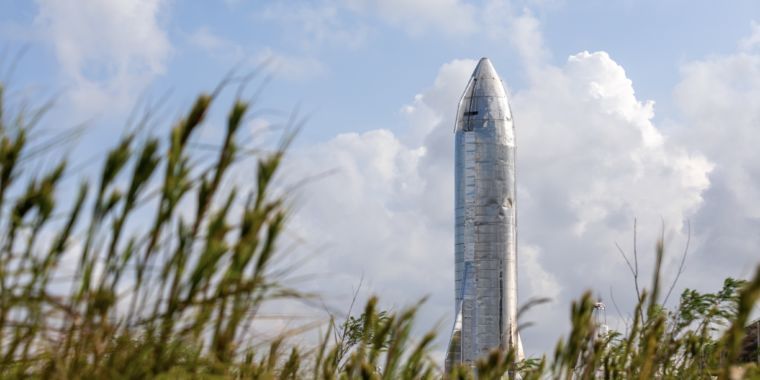
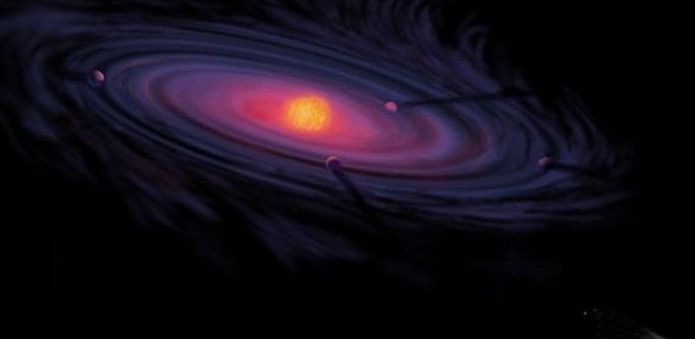
Astronomers Just Identified 19 More Asteroids They Think Are Interstellar
The Solar System has been here for a long time. So, when ’Oumuamua was spotted in 2017, it was almost a dead cert it wasn’t the only object from interstellar space to visit us over that 4.57 billion-year history. Then comet 2I/Borisov showed up last year. That basically clinched it.
But where are the rest of our interstellar visitors? We’ll probably find a few more flying in from the wilds in the coming years. And, according to new research, a whole bunch of interstellar asteroids have been hanging out right here in the Solar System for a very long time.
Based on how they move around the Sun, a team of researchers has identified 19 asteroids they think were captured from another star, way back when the Solar System was just a few million years old.
